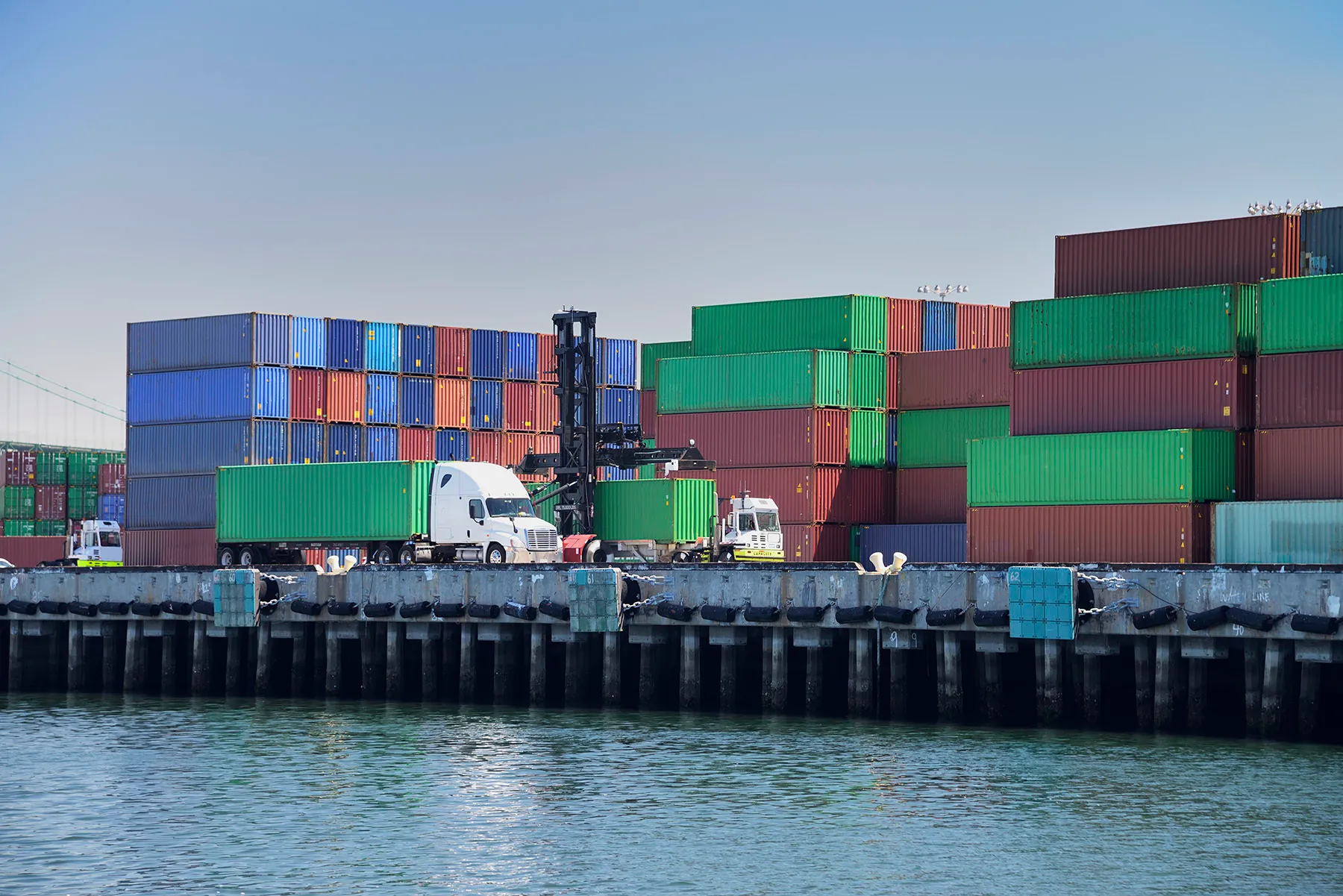
For several months, ports across the United States were backed-up due to an influx of goods from around the world, employee or vehicle shortages, and more. As a result of the pandemic, delayed orders increased as manufacturers and countries with COVID restrictions have returned to more normal operations.
With peak freight season underway in Q4 2022, supply chains continue to be vulnerable to interruptions or disruptions, and it’s expected to take long into next year until there is a stabilization in freight rates.
We will tackle some of the latest information related to which cities are having fluctuations in incoming inventory at their ports, in addition to which are taking on extra cargo to alleviate the mounting pressures. With the unavailability of trucker drivers and vehicle shortages impacting so many businesses, we’ll also share what you can do to overcome these challenges.
Los Angeles, Long Beach, Newark, and New York are some of the most popular ports for inbound freight. But in Los Angeles, cargo and shipments have lowered to a point where it was before the pandemic. We expect to see the same across the other locations as efforts to reduce the bottleneck in those busy ports have rerouted some loads to Charleston, South Carolina, and Savannah, Georgia.
The reduction of incoming shipments indicates that the economy may be slowing down due to inflation and consumers buying fewer goods. Even considering this shift, now is the busiest time for shipments and inventory as it arrives in the US. Commercial vehicles need to be readily available to meet deliveries.
Once these end-of-the-year deliveries are completed, businesses should make plans to make adjustments after the holiday season. There may not be as much inventory to deliver in Q1 as imports continue to fall month over month.

We operate in a time and place where most businesses need to be able to adapt and source equipment at the drop of a dime. Let’s review some worthwhile solutions for finding success in the middle of a changing transportation landscape.
1. Plan Ahead
While this is always a good thing to do, it’s especially important now. Have your documents ready at the port to expedite transactions. Plus, if you find you’ll need some additional fleet to carry the load, request to reserve the vehicles ahead of time.
2. Be Flexible on Equipment
What’s the saying about having more than one tool to get the job done? With all the vehicle shortages, it pays to think outside the box and explore which vehicles could meet your needs. For instance, a 26 foot box truck may replace a 24 foot box truck for your business to haul goods if a 24 foot truck isn’t available.
3. Not Using a Vehicle? Rent It Out.
If your business has idle vehicles while the ports are slammed, think about how much money your highly sought vehicles could make if you rented them out on a commercial vehicle-sharing platform like COOP. You could earn thousands of dollars per month. It’s a win-win situation to maximize fleet use while helping to ease the ongoing roadblocks.
4. Source Trailers for Storage Use
As the excess of supplies leaves the ports and warehouse space is scarce, many companies are getting creative with the use of trailers. Their ability to hold large capacities offers a convenient and cost-effective storage solution. As one of the vehicles with the most rentals, businesses can use them for inventory storage until the logjams at the ports ease up.

Even as new challenges present themselves, COOP helps businesses make their fleets more flexible in times of uncertainty. Our platform provides new ways to connect the dots between industries as inventory needs shift.
With our network, our technology, and our team’s expertise, your company has the tools to find success. As ever-changing fluctuations in inventory affect the transportation industry, COOP is an advantageous solution to increase your bottom line by renting out vehicles or finding the additional capacity you need. Discover how your business can benefit from using the leading commercial vehicle-sharing platform in the nation.